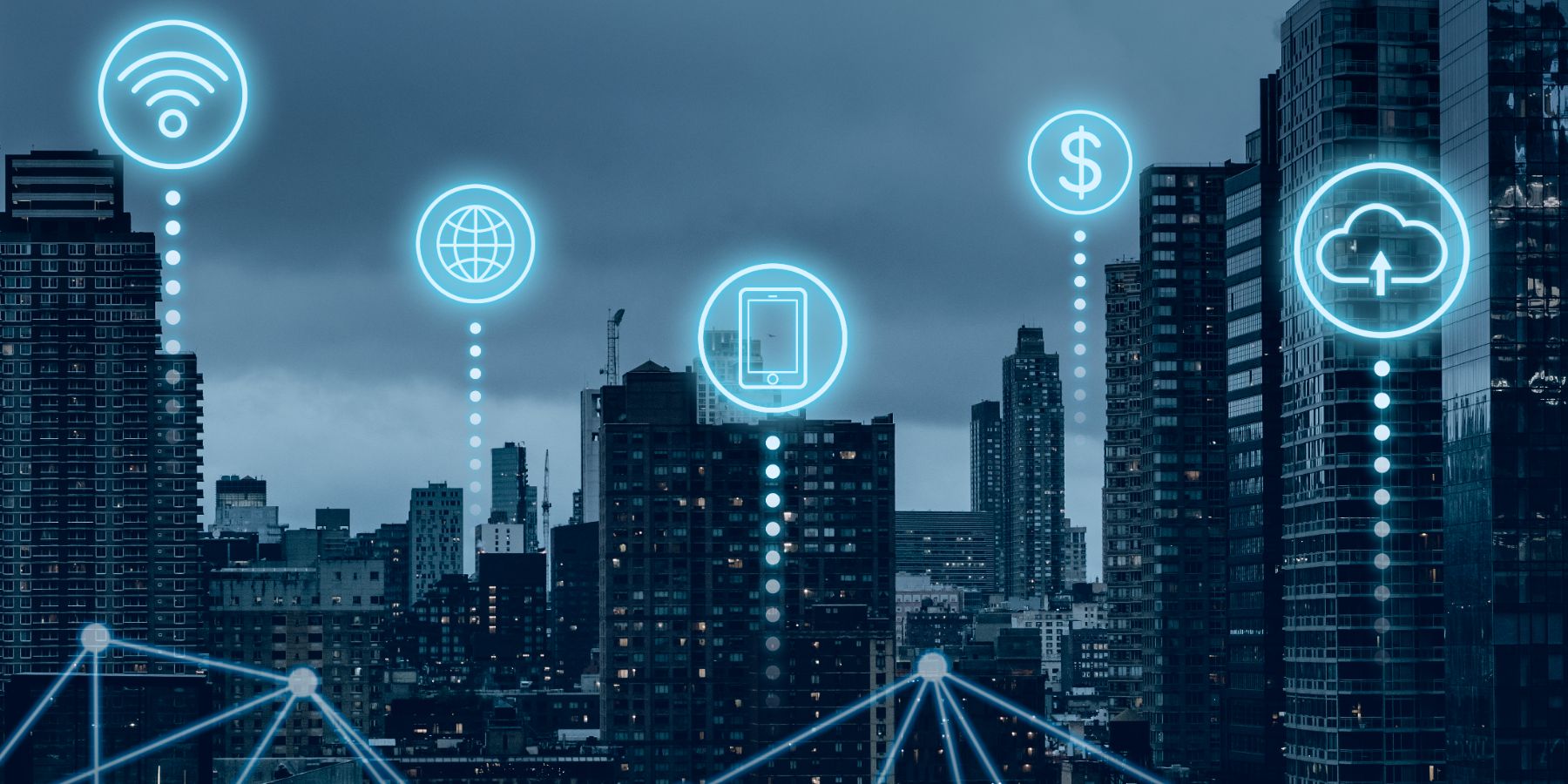Different industry sectors are using the potential of IoT in different ways and with different levels of maturity. In each sector, there are early adopters who are achieving significant competitive advantage through their use of the IoT, just as there are laggards who have yet to cotton on to the IoT’s potential to deliver competitive edge.
Let’s take a look at some of the examples of leading players in different industry sectors are deploying IoT devices to gain competitive edge.
Healthcare
One of the biggest growth areas for IoT is healthcare. At the consumer side, smart watches and trackers are used in conjunction with health monitoring apps to monitor vital health statistics, detect potential problems early and promote behaviours that are conducive to good health.
A growing number of new entrants in this space have taken this concept further, developing specialist monitoring devices designed to address specific health needs, such as heart monitoring, oxygen monitoring, blood sugar monitoring. This offers amazing potential for better, more cost-effective and patient-led care.
Manufacturing
Manufacturing has been quick to implement IoT. There are two opportunities here. First, in the manufacturing of the smart, connected devices themselves – and the integration of this technology into existing product ranges to enhance existing product offerings.
Second, manufacturers have adopted IoT devices within their own manufacturing operations. IoT devices, such as sensors, metering and gauges, offer new possibilities to move towards automated and data-driven operations and create efficiencies at a low cost. This includes in development preventative and predictive maintenance schedules and reducing resource and energy consumption.
Automotive
The move to autonomous and electric vehicles is driving a host of new solutions and creating vast quantities of performance data in the cloud. Creating an entirely new national infrastructure of charging points is a huge driver for IoT growth. These stations all need connecting with provider, account and payment details. Even at-home infrastructure needs to be connected to the local network and the cloud to send vital consumption data to the householder and provider.
Retail
In retail and entertainment, IoT devices are being used to measure footfall so that consumer traffic can be better understood for management, marketing and safety reasons. IoT sensors and metering and smart devices, such as motion-sensitive lighting, are helping retailers and venue managers to understand and reduce energy consumption. Some retailers are using IoT solutions to develop more convenient self-service options in store. For example, Amazon Go are cashierless stores that use IoT sensors and cameras to track items that shoppers pick so they can be paid for without the need to scan them at a checkout.
